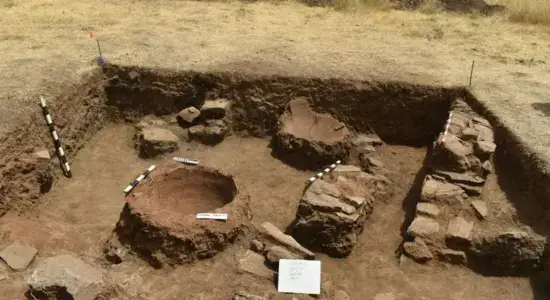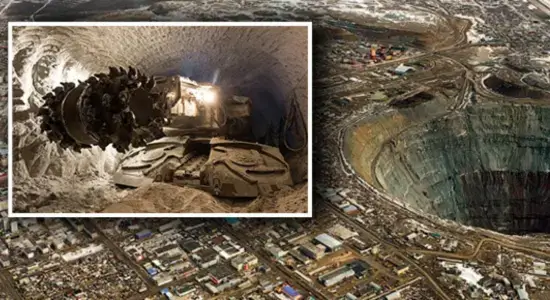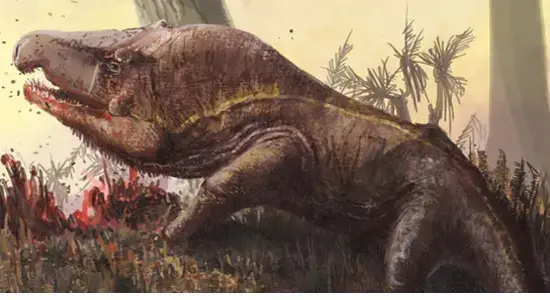The Strange Story of Our Prehistoric Cousins
When we think about prehistoric humans, Neanderthals are often the first species that come to mind. But how similar were they to us, really? At Fact Fun, we love diving into the past to uncover truths that are stranger—and more enlightening—than fiction. So today, we’re exploring the striking differences between modern humans (Homo sapiens) and Neanderthals (Homo neanderthalensis). The results may surprise you.
1. Ancestry and Timeline
Neanderthals emerged around 400,000 years ago and lived mainly in Europe and western Asia. Modern humans, on the other hand, appeared in Africa approximately 300,000 years ago. For thousands of years, both species coexisted—and even interbred—before Neanderthals disappeared around 40,000 years ago.
While Neanderthals were once considered a completely separate species, genetic studies show that non-African humans today carry about 1–2% Neanderthal DNA, meaning we share a common story after all.
2. Physical Appearance
One of the most noticeable differences lies in the body structure:
-
Neanderthals were shorter, stockier, and more muscular. This helped them conserve heat during Ice Age winters.
-
Homo sapiens have a leaner build, better suited for endurance running and long-distance travel in warmer climates.
Their skulls tell an even more fascinating tale:
-
Neanderthals had elongated skulls, a pronounced brow ridge, and larger nose cavities.
-
Humans have rounder skulls, smaller faces, and flatter foreheads—features associated with higher brain function and communication.
3. Brain Size vs Brain Function
Ironically, Neanderthals had slightly larger brains (on average 1,500 cm³) than modern humans (around 1,350 cm³). But bigger doesn’t always mean better.
Research suggests that much of the Neanderthal brain was devoted to vision and body control, which made sense for hunting in dimly lit environments. In contrast, humans developed enhanced regions for social reasoning, language, and innovation, setting the stage for art, symbolism, and advanced tools.
4. Tools and Culture
Neanderthals were skilled toolmakers and hunters, using Mousterian stone tools and demonstrating complex behaviors like burying their dead and possibly using medicinal plants.
But Homo sapiens took things to the next level:
-
Created cave art dating back 40,000 years (e.g., in Sulawesi, Indonesia).
-
Developed sewing needles, fishing hooks, and musical instruments.
-
Built larger social networks and practiced long-distance trade.
This cultural complexity likely gave humans the edge in adapting to different environments.
5. Language and Communication
Did Neanderthals speak? Possibly. They had the FOXP2 gene associated with speech and a hyoid bone similar to ours, which supports vocalization.
But humans evolved much more advanced systems of abstract language, storytelling, and symbolic thought—elements that helped coordinate large groups and preserve knowledge across generations.
6. Adaptability and Survival
The ultimate difference? Survival.
Neanderthals disappeared around 40,000 years ago, possibly due to a mix of climate change, resource competition, and encounters with Homo sapiens.
Humans, by contrast, spread across the globe, adapted to every climate, and built civilizations. Our secret weapon? Not just intelligence, but collaboration, innovation, and resilience.
🧠 Did You Know?
In 2022, researchers discovered a pendant made from a raven claw in a Neanderthal cave in Poland—suggesting symbolic behavior once thought exclusive to Homo sapiens. It’s just one of many recent finds challenging our assumptions about our extinct cousins.
So the next time someone asks what makes us human, remember—it’s not just our DNA. It’s our stories, our creativity, and our drive to adapt.
Bookmark Fact Fun to explore more fascinating tales of human evolution, ancient history, and the mysteries that still shape us today.
ref : Smithsonian Magazine , Nature







